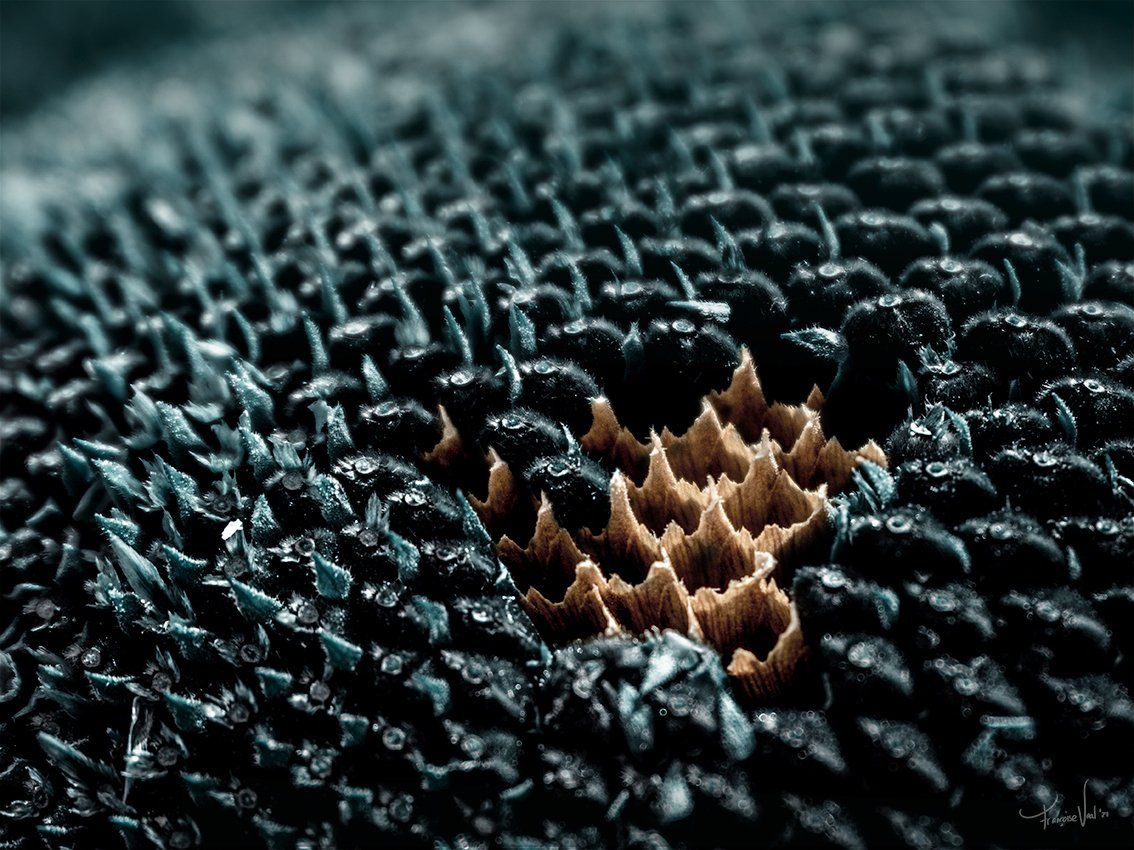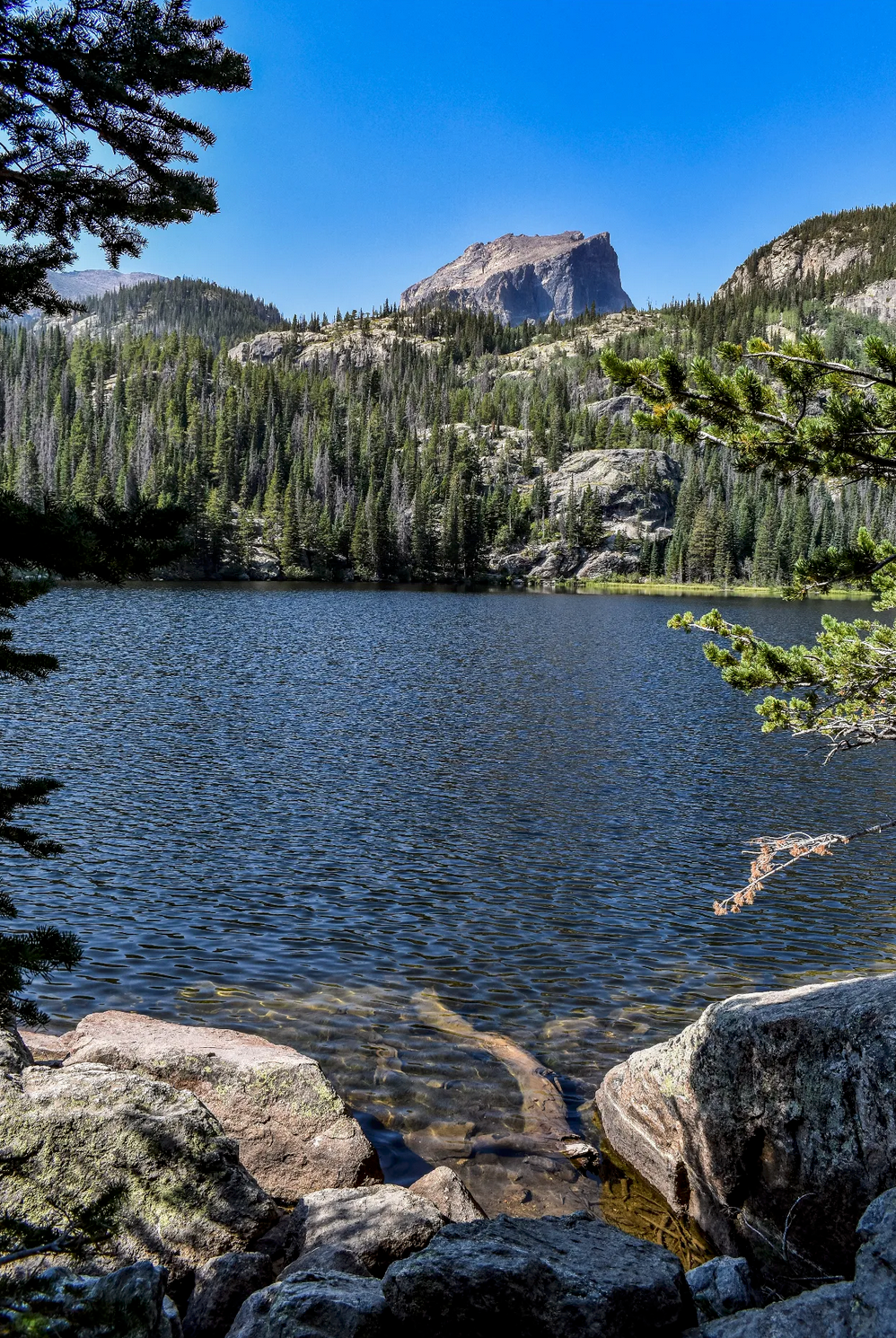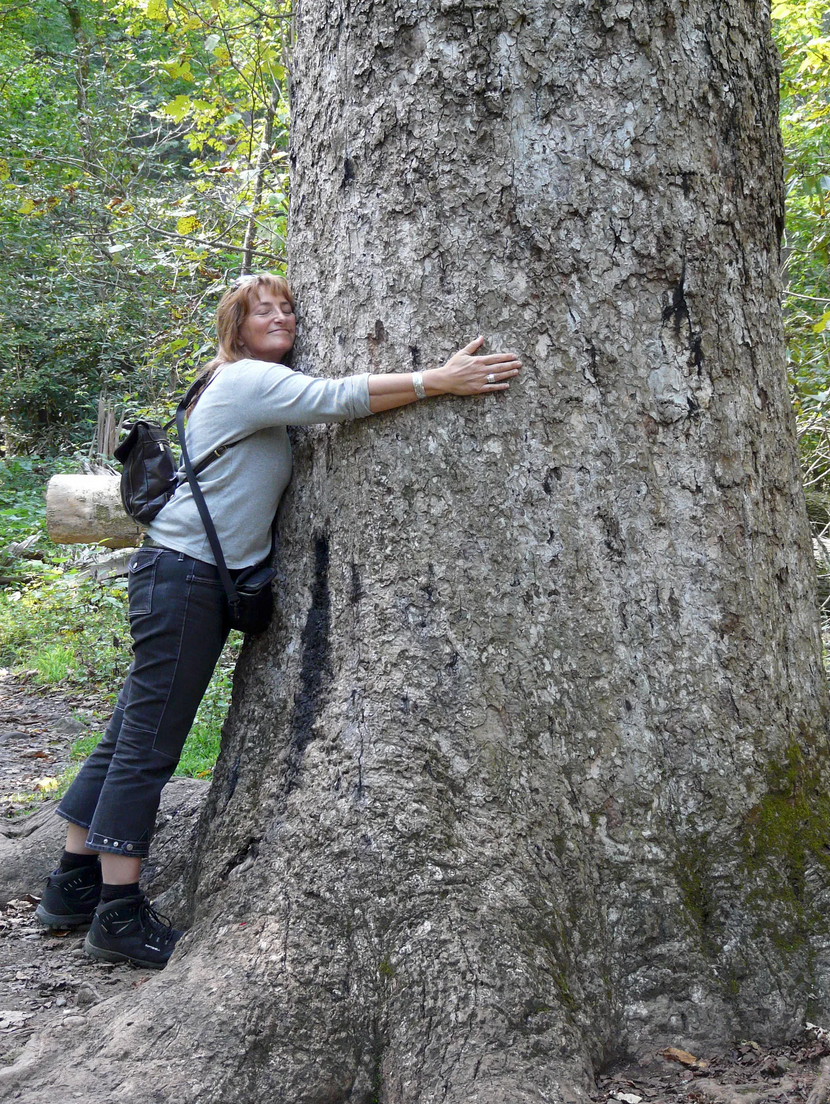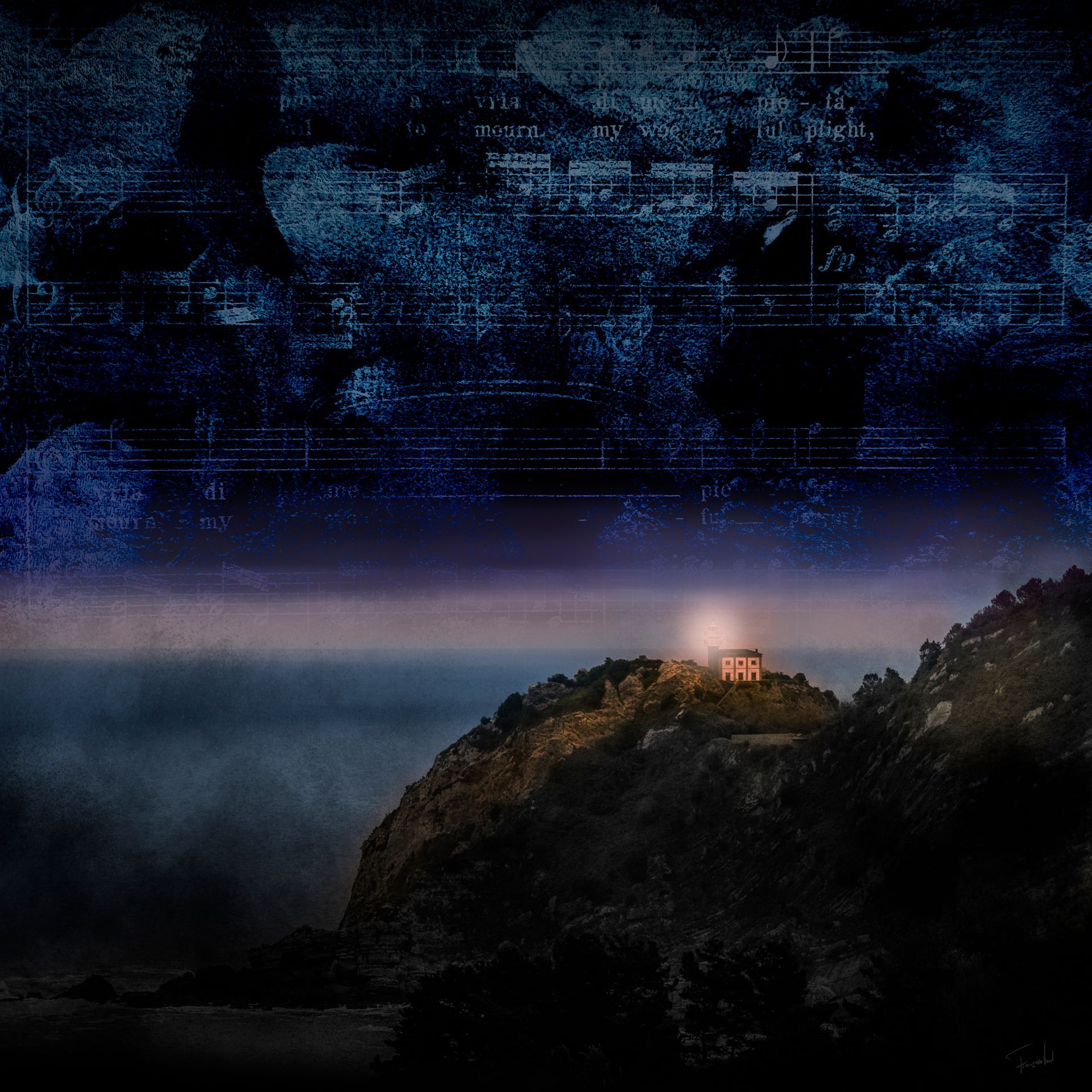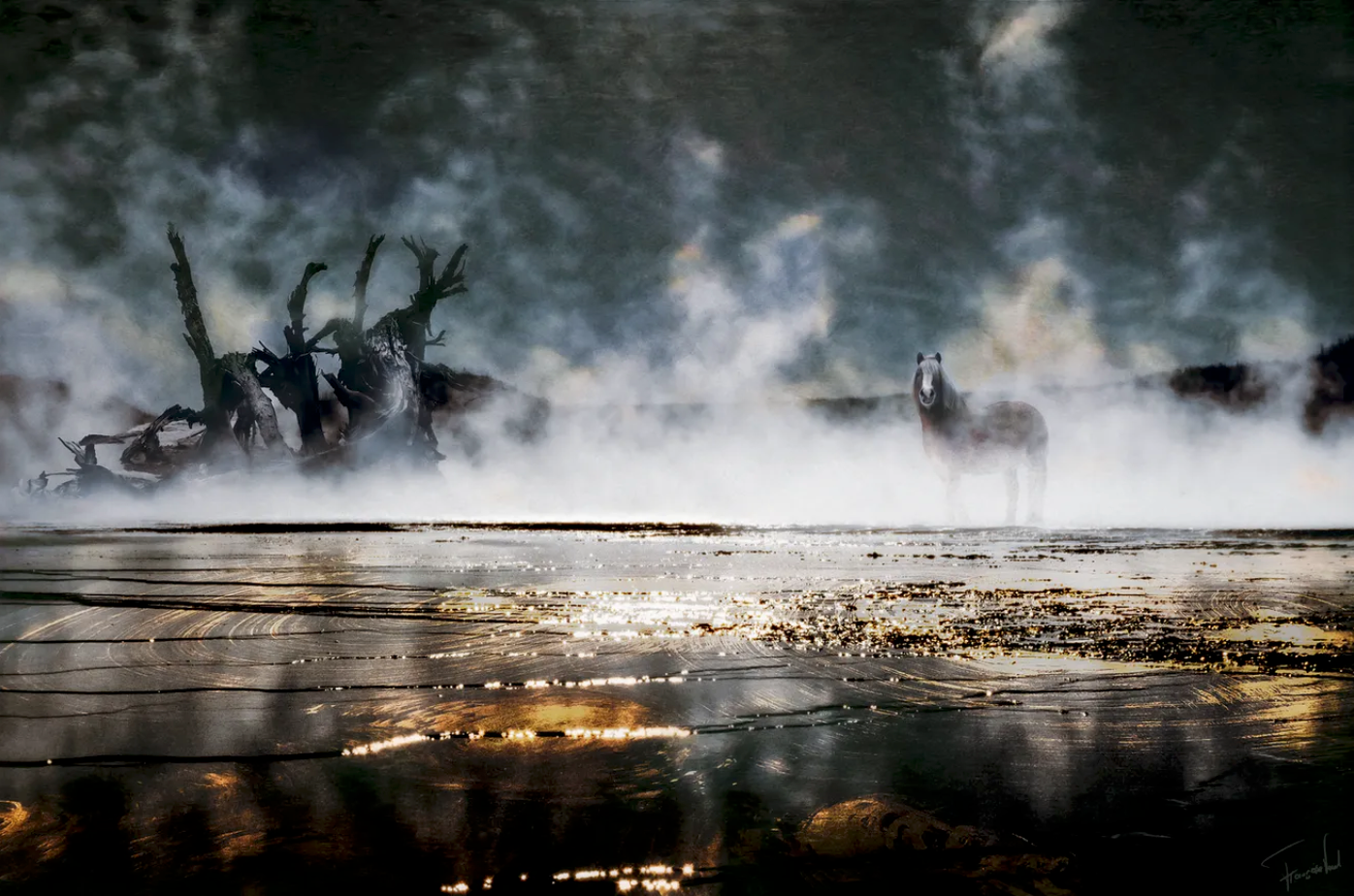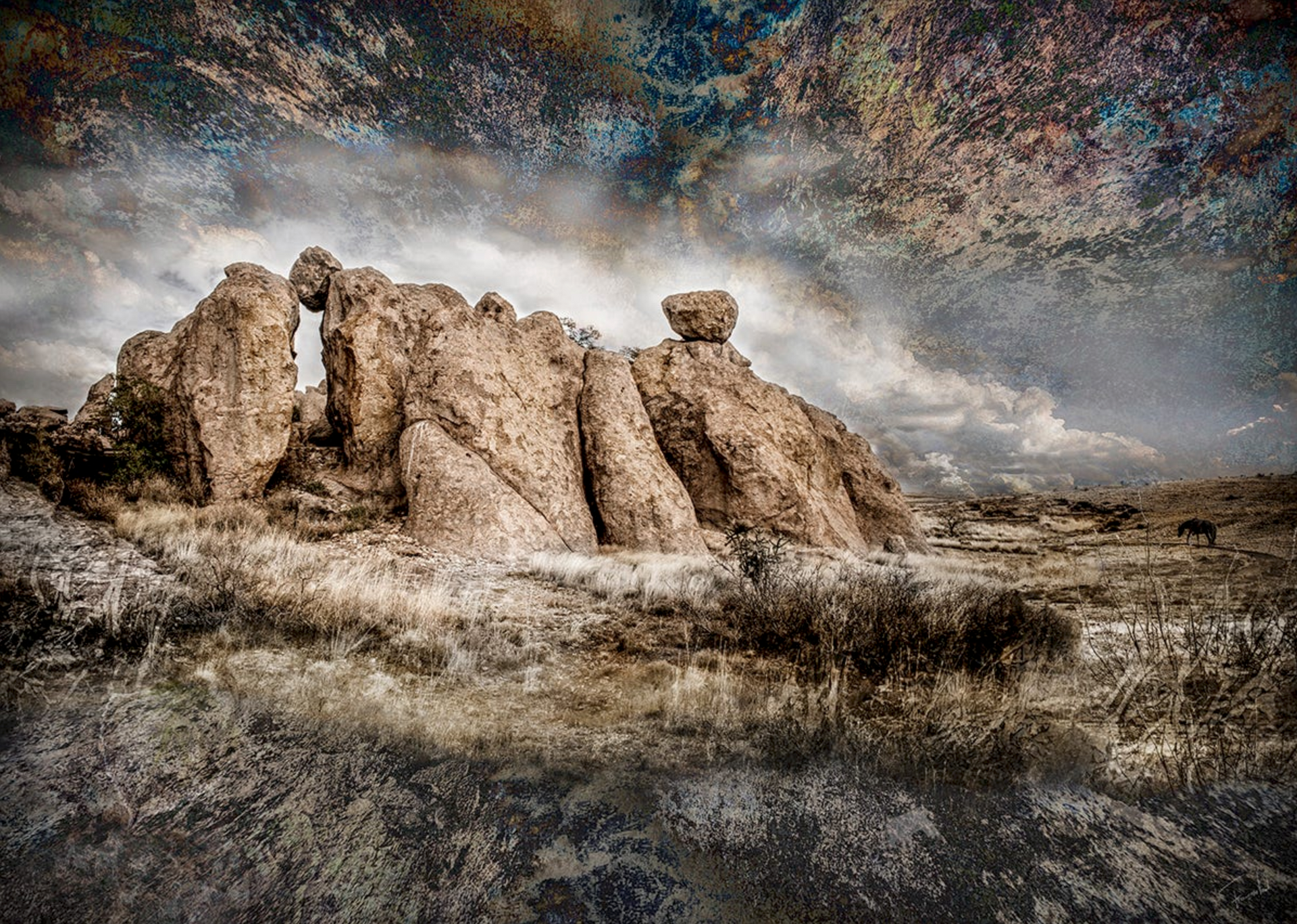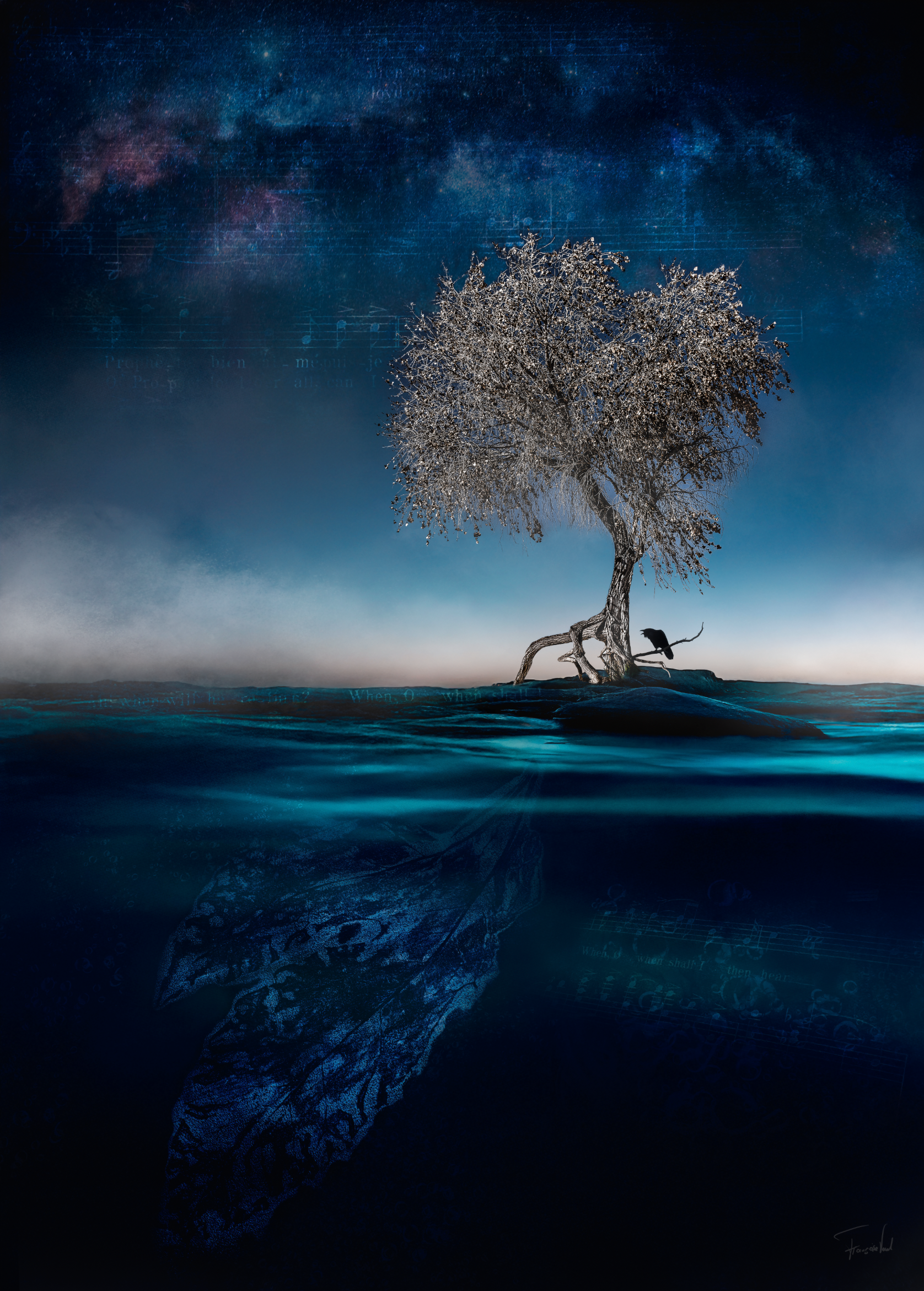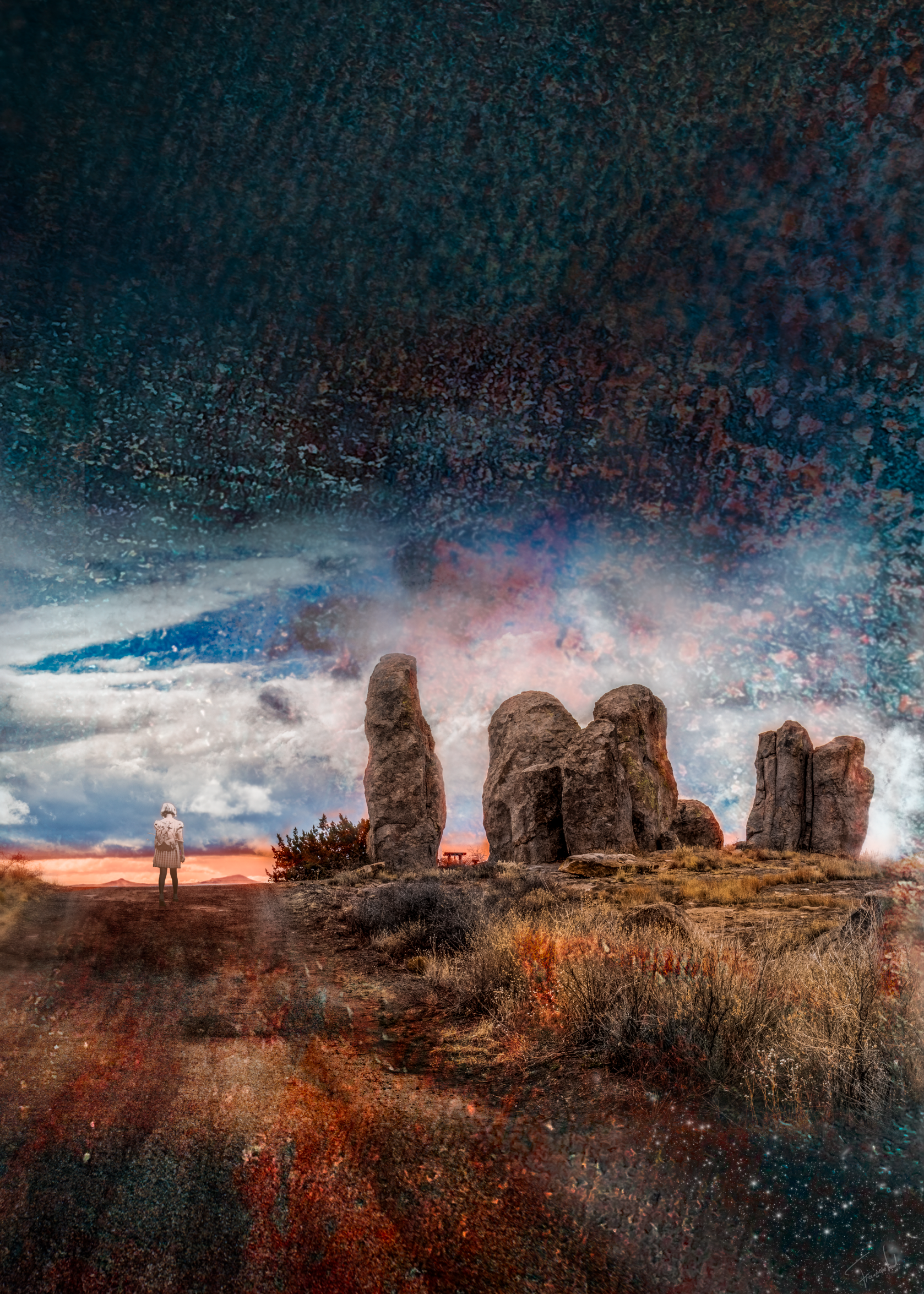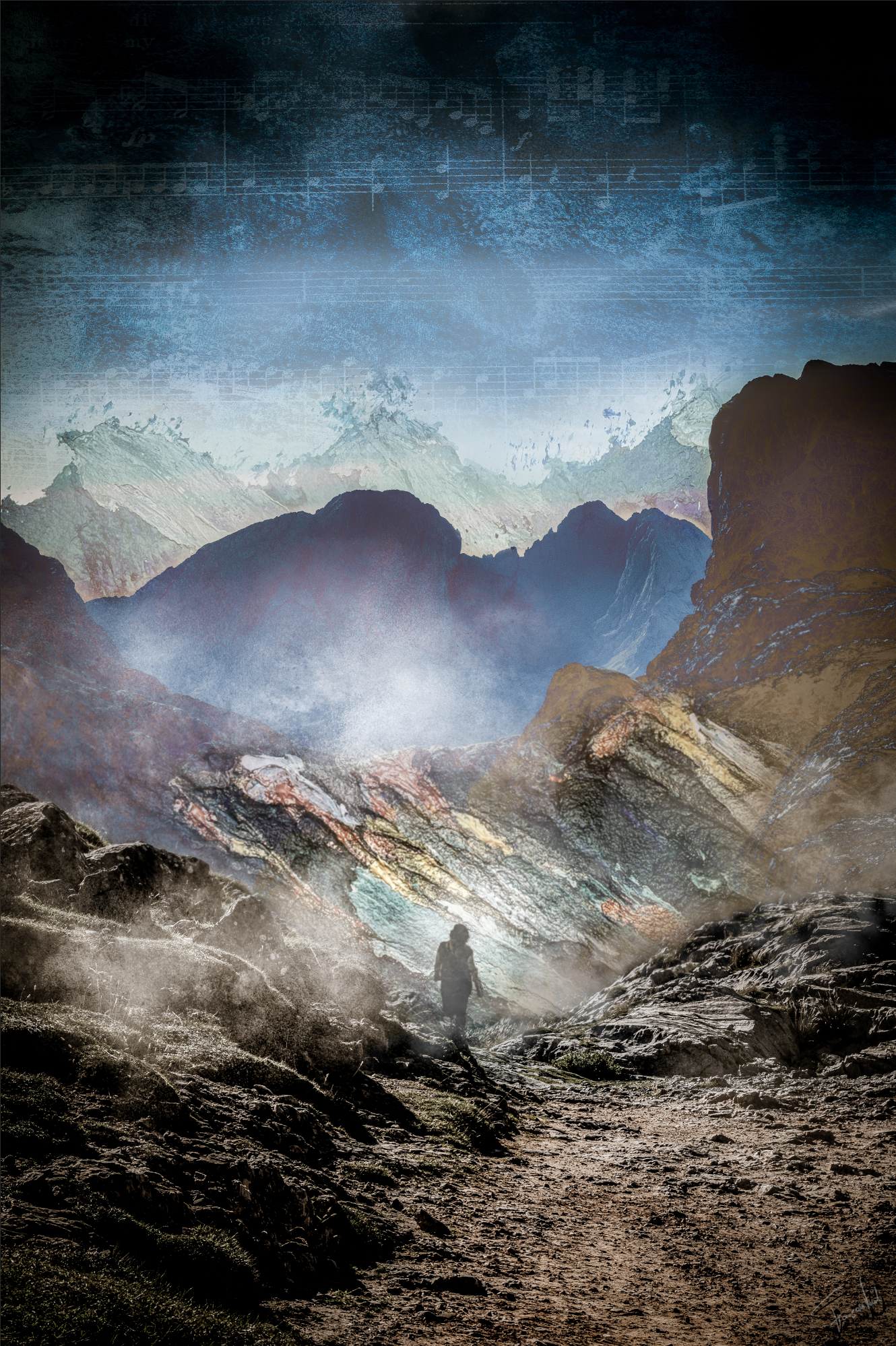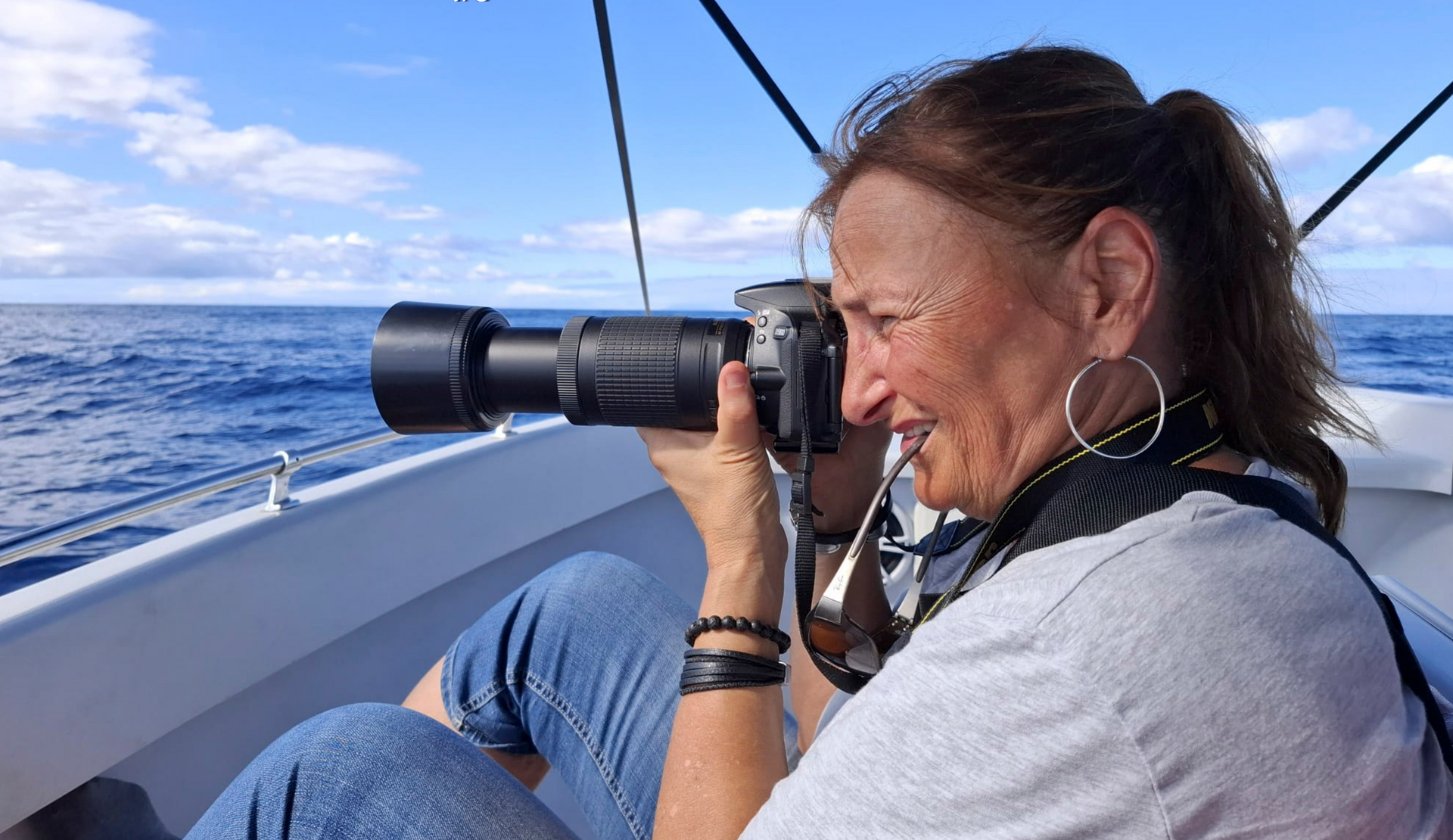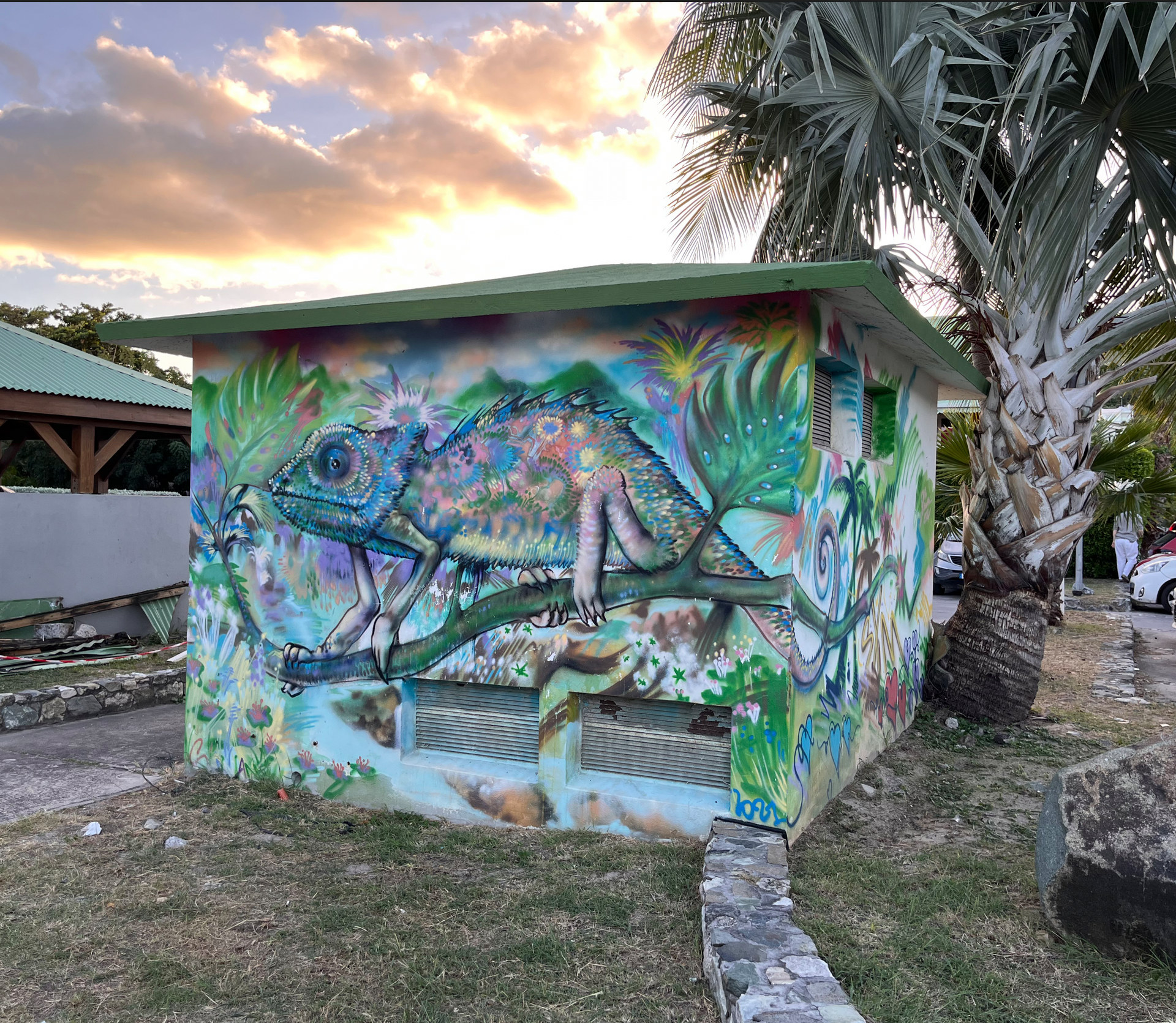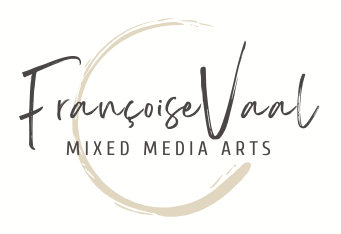Inspirerende kunst: natuur geometrie
Lessen in efficiëntie en energiebeheer
“Daar waar materie is, is geometrie” – Johannes Kepler
(Scroll down for text in English)
De schoonheid van natuur geometrie
Net als ik laten veel kunstenaars zich inspireren door de prachtige vormen die de natuur creëert. Ik ben als natuurfotograaf mijn perspectief gaan verkleinen en gaan inzoomen op de fantastische wereld van natuurlijke patronen en texturen. Mijn fotobibliotheek zit dan ook vol met deze patronen, want ik zie ze overal. Ik leg ze vast omdat ik zeker weet dat ik het een keer zal gebruiken voor een nieuw kunstwerk.
Ik werd voor het eerst verliefd op natuurlijke geometrie toen ik uitgebloeide zonnebloemen zag. Gewapend met de fotocamera stond ik midden in een veld vol met de uitgebloede reuzen die hun koppen lieten hangen en kreeg geen genoeg van de schoonheid ervan. De zaden waren op zijn grootst en het patroon overduidelijk. Zo ontstond mijn fotoserie
Anticipation
(Afwachting).
Ik kan er diep van onder de indruk zijn hoe de natuur als vanzelf zo efficiënt mogelijk omgaat met de voorhanden zijnde energie en materialen. De hexagoon (zeshoek) komt veel voor in de natuur. Wij kennen deze het beste als die honingraat. De bijen hebben uitgevonden dat deze vorm het meest efficiënt is, omdat het een groot vlak met zoveel mogelijk van deze zeshoeken kan vullen, plus dat je de kleinste ‘muur oppervlakte’ tussen de vormen nodig hebt. Want die muren moeten ze zelf maken dus hoe minder energie dat kost, hoe beter.
Voor de zonnebloem gold hetzelfde: hoe kan ik zoveel mogelijk zaden kwijt op 1 vlak en heb ik zo min mogelijk energie nodig om ze te maken? Voila!
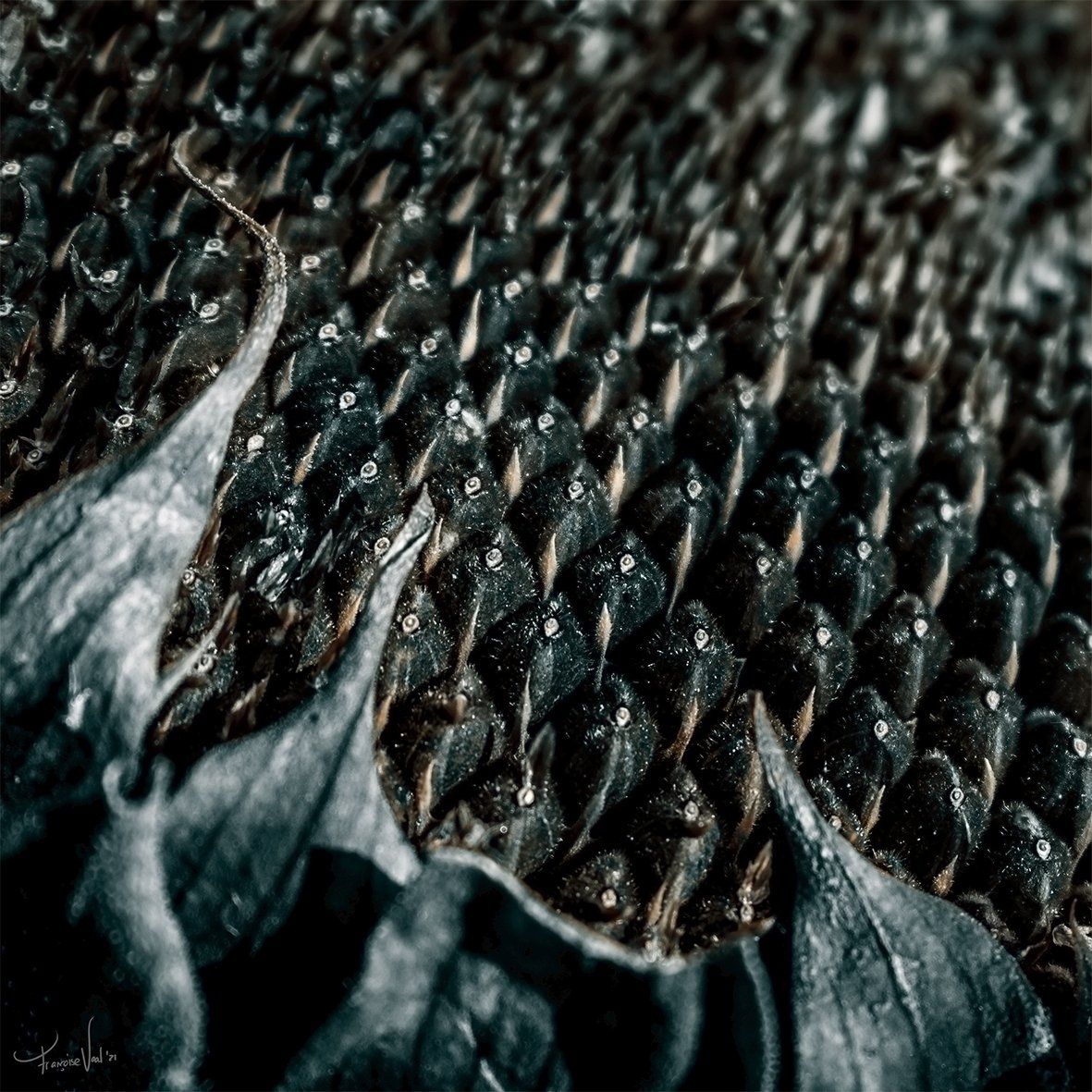
Waarom niet alle patronen in de natuur zeshoeken zijn, heeft te maken met andere natuurwetten, zoals onder andere zwaartekracht en oppervlakte spanning. Denk aan de vorm van waterdruppels of luchtbellen in zeepsop. Door de inwerkende natuurkrachten en biochemische processen zoeken ze hun efficiëntste vorm op. Een organisme heeft immers een voorkeur om te optimaliseren en niet zozeer om te maximaliseren. Het zoekt de allerbeste weg om te groeien en te leven. Als het teveel moeite moet doen, dan heeft het onvoldoende energie en brengt het zichzelf in gevaar.
Ik leg hier meteen de ecopsychologische link naar de mens: als wij maar door blijven buffelen en onszelf voorbij lopen, brengen we ons leven in gevaar (burn-out). Wanneer we letten op de aanwezige energie en ons leven daaraan aanpassen zijn we zeer waarschijnlijk een stuk gelukkiger. Weer een reden om vaker te rade te gaan bij Moeder Natuur (zie ook mijn boek Zelfvertrouwen - Leer vertrouwen op je natuurlijke zelf)
Ik ben blij dat er steeds meer mensen zijn die de lessen van de natuur op waarde schatten. Gelukkig komen er ook steeds meer product designers en architecten die gebruik maken van de biomimicry lessen in efficiëntie en energiezuinigheid.
Françoise
PS:
Bioloog Ernst Haeckel gaf al aan het begin van de 20e eeuw uiting aan de patronen van de natuur in zijn prachtige tekeningen.
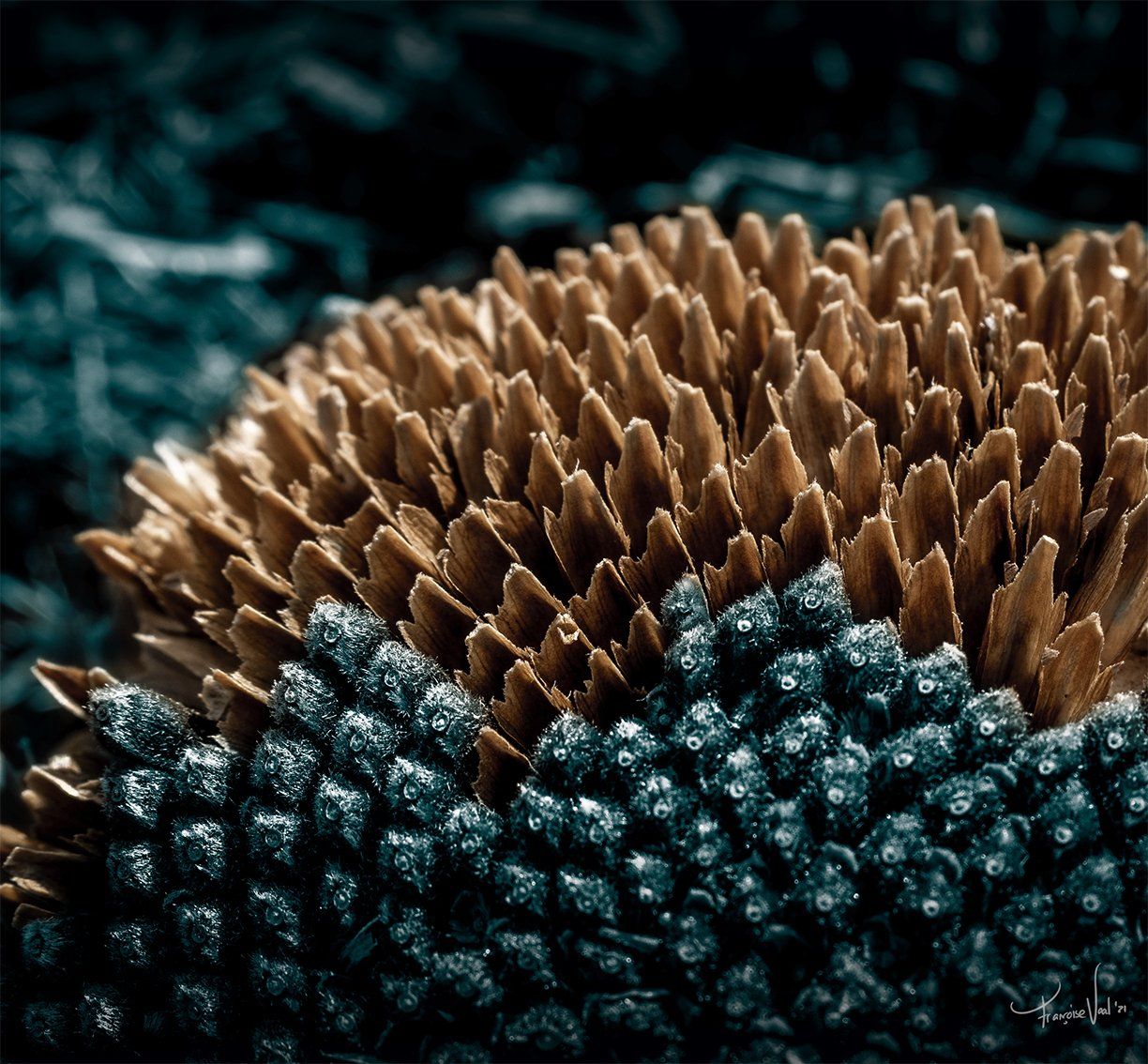
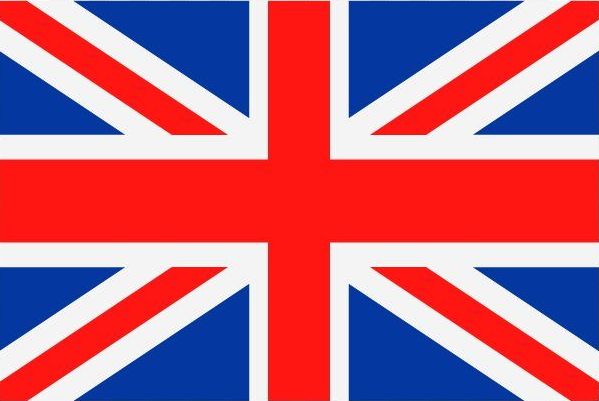
Inspiring Art:
Natural Geometry Lessons in Efficiency and Energy Management
"Where there is matter, there is geometry." – Johannes Kepler
Just like me, many artists draw inspiration from the beautiful forms that nature creates. As a nature photographer, I've narrowed my perspective and zoomed in on the fantastic world of natural patterns and textures. My photo library is brimming with these patterns because I see them everywhere. I capture them because I'm certain I'll use them for a new artwork at some point.
I first fell in love with natural geometry when I saw withered sunflowers. Armed with my camera, I stood amidst a field full of these faded giants, their heads hanging low, and couldn't get enough of their beauty. The seeds were at their largest, and the pattern was unmistakable. Thus, my photo series "Anticipation" was born.
I'm deeply impressed by how nature inherently maximizes efficiency with the available energy and materials. The hexagon appears frequently in nature. We're most familiar with it as the honeycomb. Bees have figured out that this shape is the most efficient because it can fill a large area with as many of these hexagons as possible, while requiring the smallest "wall surface" between the shapes. They have to build those walls themselves, so the less energy it costs, the better.
The same applied to the sunflower: how can I fit as many seeds as possible onto one surface and use the least amount of energy to create them? Voilà!
Why not all patterns in nature are hexagons has to do with other natural laws, such as gravity and surface tension. Think about the shape of water droplets or air bubbles in soap suds. Due to the forces of nature and biochemical processes, they adopt their most efficient form. After all, an organism prefers optimization over maximization. It seeks the very best way to grow and thrive. If it has to put in too much effort, it lacks sufficient energy and puts itself in danger.
This immediately draws an ecopsychological link to humans: if we keep pushing ourselves beyond our limits and neglect ourselves, we put our lives at risk (burnout). When we pay attention to the available energy and adjust our lives accordingly, we're likely to be much happier. Another reason to seek guidance from Mother Nature more often.
I'm glad that more and more people are appreciating the lessons from nature. Fortunately, there are also an increasing number of product designers and architects who incorporate the lessons of biomimicry in efficiency and energy efficiency.
Françoise
PS:
Biologist Ernst Haeckel expressed the patterns of nature in his beautiful drawings at the beginning of the 20th century.


